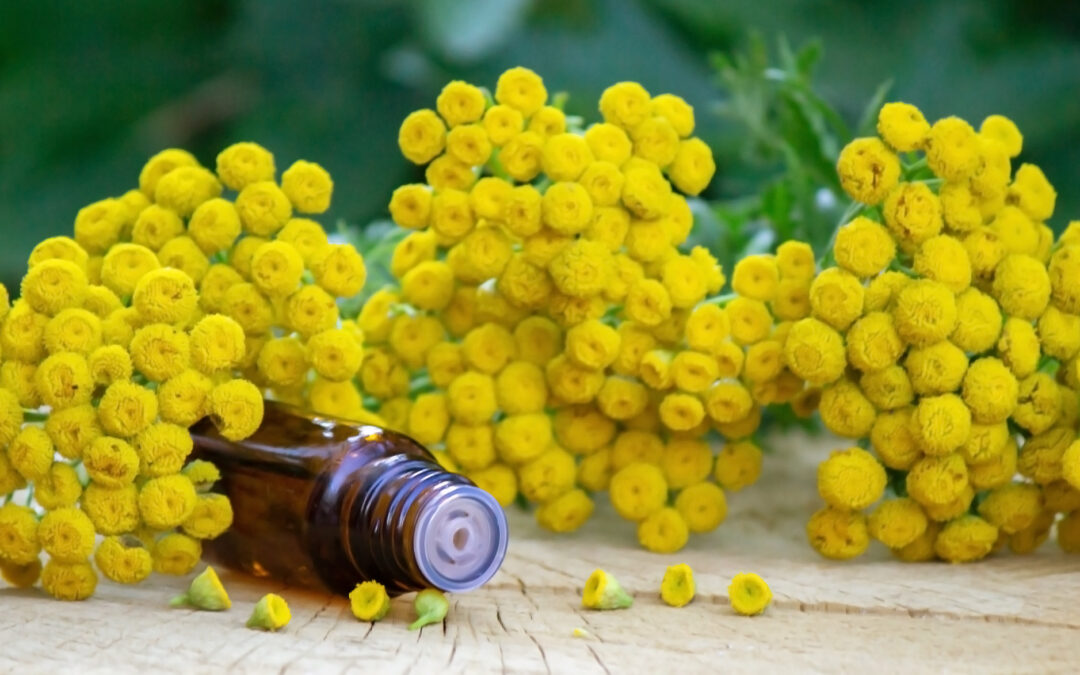

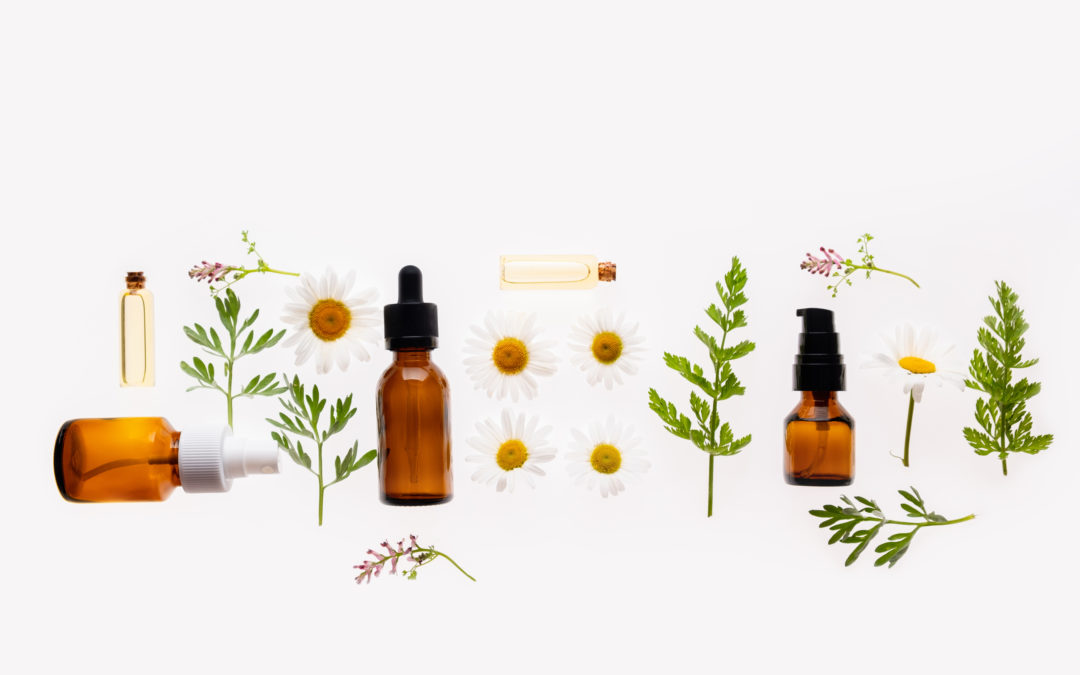
Five steps to successfully using essential oils in skin care
1. Understand the difference between formulating for an individual and formulating for thousands Aromatherapists make essential oil blends for individuals. An advantage is that you get to interact directly with the recipient, in fact taking a “case history” is part of...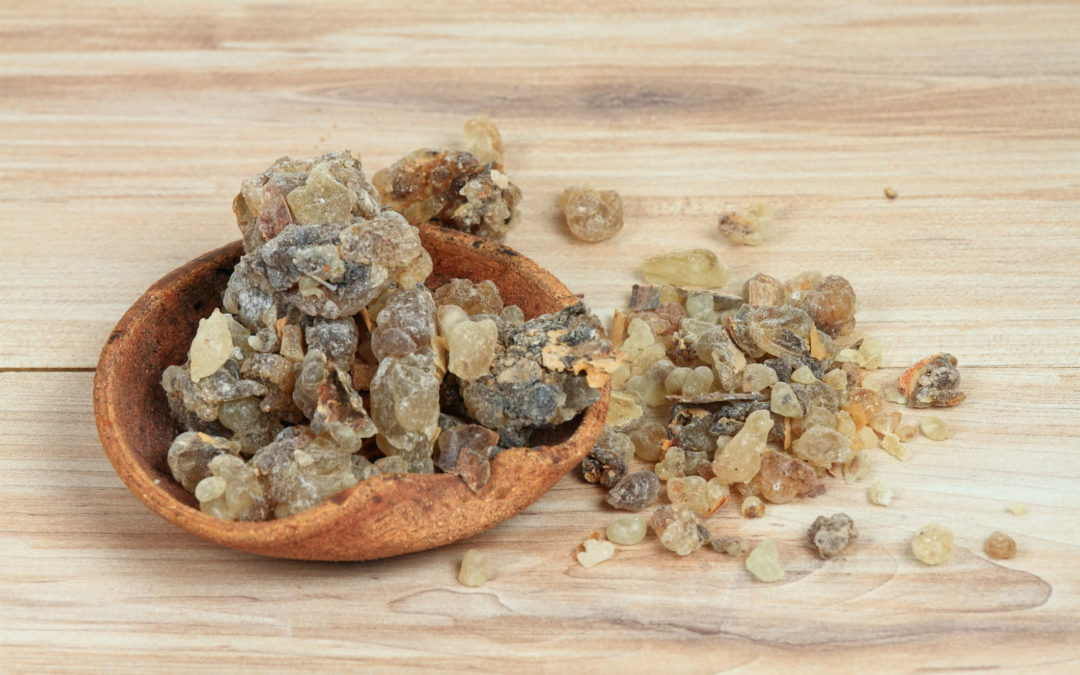
Does Frankincense oil contain boswellic acid?
There are several boswellic acids (BAs) found in some Frankincense species (notably Boswellia serrata and B. sacra), and the BAs are credited with possessing, among others, antitumoral properties, with 11-keto-β-boswellic acid being one of the most useful...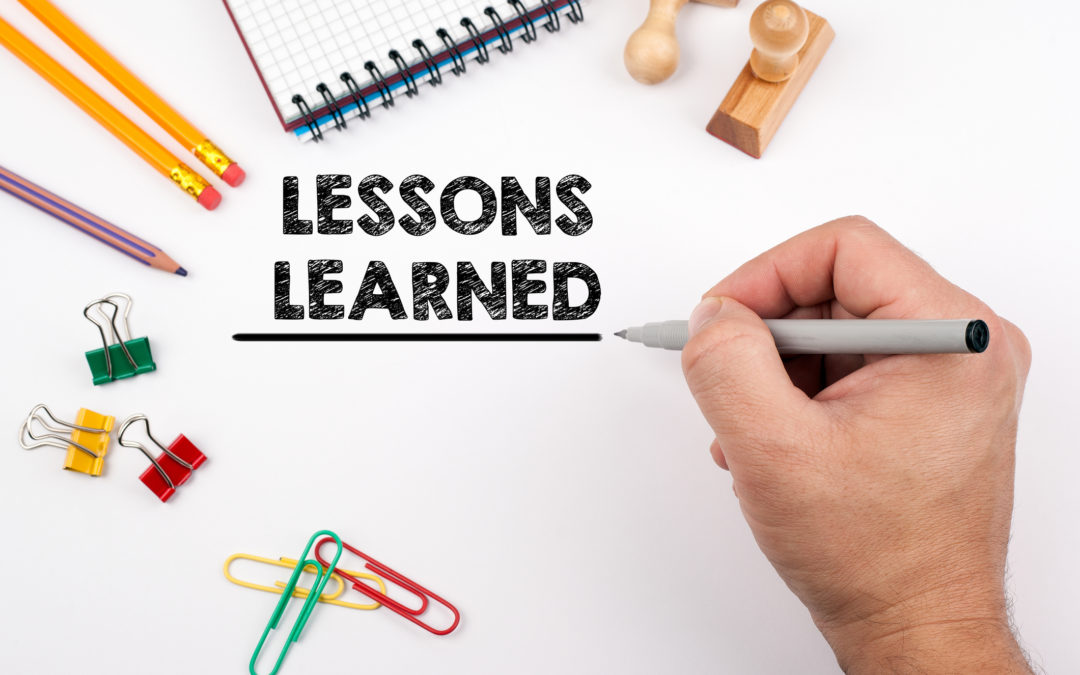
Adverse reaction as a teachable moment
As you may know, the Tisserand Institute manages an Adverse Reaction Database where we collect mostly skin reactions caused by using essential oils. Anyone can submit a report, ideally with photos of the reaction. While we’re not trying to collect all adverse...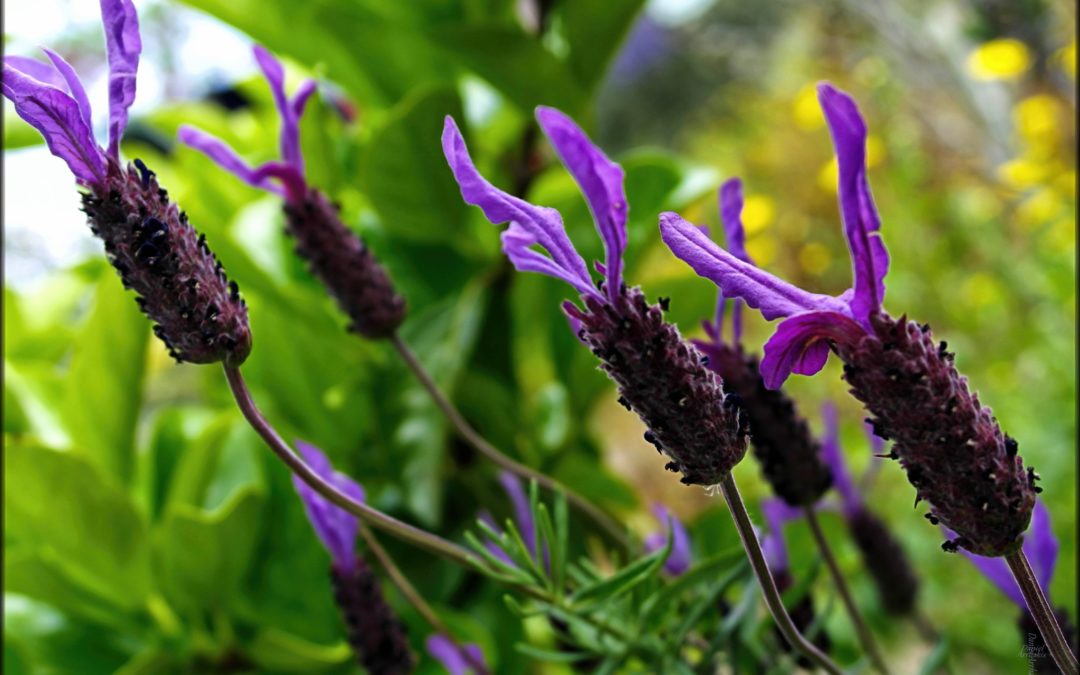
Seville Lavender Oil
Among the many different species of Lavender, and one of the most interesting, is Lavandula stoechas subsp. luisieri (Rozeira) Rozeira, which is found only in Portugal and southwest Spain, and is often referred to as Seville Lavender. It is similar in appearance to...
